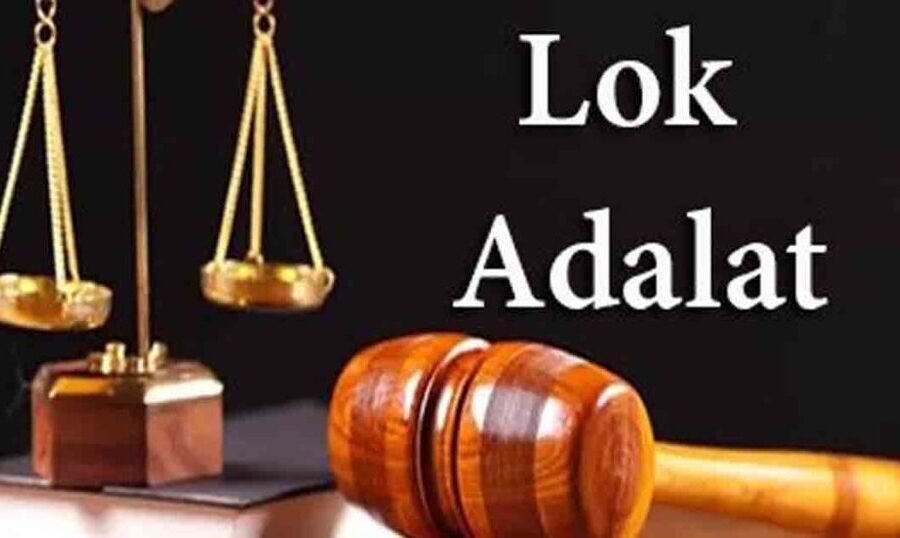The Indian legal system aspires to be a majestic edifice, its pillars upholding the ideals of equality before law and justice for all. Yet, for many marginalized communities in India, this edifice appears more like a distant fortress, its gates seemingly impenetrable. Socio-economic disparities, geographical remoteness, and a crippling lack of awareness create a chasm that separates these communities from accessing legal recourse. This article explores two crucial initiatives aimed at bridging this chasm: legal aid and Lok Adalat.
The first and most formidable barrier for marginalized communities is the sheer financial burden associated with legal representation. Legal representation, a cornerstone of a robust defense, often carries a price tag that is far beyond the reach of those with limited resources. This disparity fosters a sense of helplessness and perpetuates social inequalities. A daily wage labourer facing a land acquisition case against a powerful corporation, or a domestic violence victim seeking legal separation from an abusive spouse, both find themselves facing a system that seems rigged against them from the outset.
Compounded upon this financial hurdle is the profound lack of awareness about legal rights and available avenues for seeking legal aid. The complexities of the legal system, with its arcane procedures and legalese, can be overwhelming for those unfamiliar with its workings. This lack of knowledge discourages individuals from navigating the system independently, leaving them vulnerable to exploitation and injustice. The language barrier further exacerbates this issue. The legal system often operates primarily in English or Hindi, alienating those who speak neither. This creates a sense of alienation and hinders their ability to understand legal proceedings, effectively communicate their concerns, and advocate for themselves.
Geographical remoteness adds another layer of difficulty. For individuals residing in rural areas, the distance to courts and legal aid services can be a significant obstacle. Traveling long distances, taking leave from work, and incurring associated costs can be a major deterrent to seeking legal recourse. This effectively renders the legal system inaccessible, leaving these communities particularly vulnerable to exploitation and injustice.
Thankfully, legal aid services offered by the government and NGOs act as a vital bridge across this chasm. These services provide a lifeline to marginalized communities by offering:
- Free or subsidized legal representation: This ensures that individuals have qualified legal counsel on their side, levelling the playing field and empowering them to fight for their rights effectively.
- Legal advice and guidance: Legal aid providers act as a bridge between the complex legal system and the community. They advise clients about navigating the system, understanding their rights, and filing petitions. This empowers individuals to make informed decisions about their legal options, fostering a sense of agency and control over their circumstances.
- Paralegal support: Paralegals work alongside lawyers, assisting with case preparation, document management, and client communication. This frees up lawyers’ time, allowing them to focus on more complex legal matters while ensuring efficient service delivery to a wider range of clients.
- Awareness campaigns: Legal aid organizations conduct awareness programs in local communities, often using local languages and media platforms. These campaigns educate individuals about their legal rights and available services, empowering communities and fostering a culture of legal awareness.
The Legal Services Authorities Act of 1987 established a nationwide framework for legal aid services. This framework consists of a three-tiered system:
- State Legal Services Authorities (SLSAs): Functioning at the state level, SLSAs coordinate legal aid programs across the state and provide guidance to district legal services authorities (DLSAs). They play a crucial role in ensuring effective implementation of legal aid initiatives within their respective jurisdictions.
- District Legal Services Authorities (DLSAs): Established in each district, DLSAs act as the face of legal aid services at the grassroots level. They directly interact with communities, identify legal needs, and implement legal aid programs within their jurisdiction. This decentralized structure ensures that legal aid services are readily accessible to those who need them most.
- Taluk Legal Services Committees (TLSCs): Established in some states, TLSCs function at the sub-district level, further expanding the reach of legal aid services to remote rural areas.
The success stories emerging from legal aid programs paint a picture of hope and empowerment. A tribal woman in Odisha, with the help of legal aid, successfully challenged a local company’s illegal land acquisition, securing her land rights and livelihood. In Uttar Pradesh, a domestic violence victim received legal aid to file a case against her abuser and secured a protection order, ensuring her safety and well-being. Migrant workers in another state, thanks to legal aid, received their rightful wages from their employer after facing exploitation. These cases are testaments to the transformative power of legal aid in empowering marginalized communities to navigate the legal system, fight for their rights, and achieve justice.
Another crucial bridge across the chasm of inaccessibility is Lok Aadalat, which translates to “people’s court”. Lok Aadalat provides an alternative dispute resolution (ADR) mechanism for resolving disputes outside the formal court.
Contributed by- Rudraksh Gupta|
O.P. Jindal Global University


drug information and news for professionals and consumers.
can you get generic lisinopril pills
Consistent service, irrespective of borders.
Comprehensive side effect and adverse reaction information.
can you get cytotec
A beacon of excellence in pharmaceutical care.
Their online refill system is straightforward.
cheap clomid pills
Their commitment to global excellence is unwavering.
This pharmacy has a wonderful community feel.
where can i get cheap cytotec price
A true gem in the international pharmacy sector.